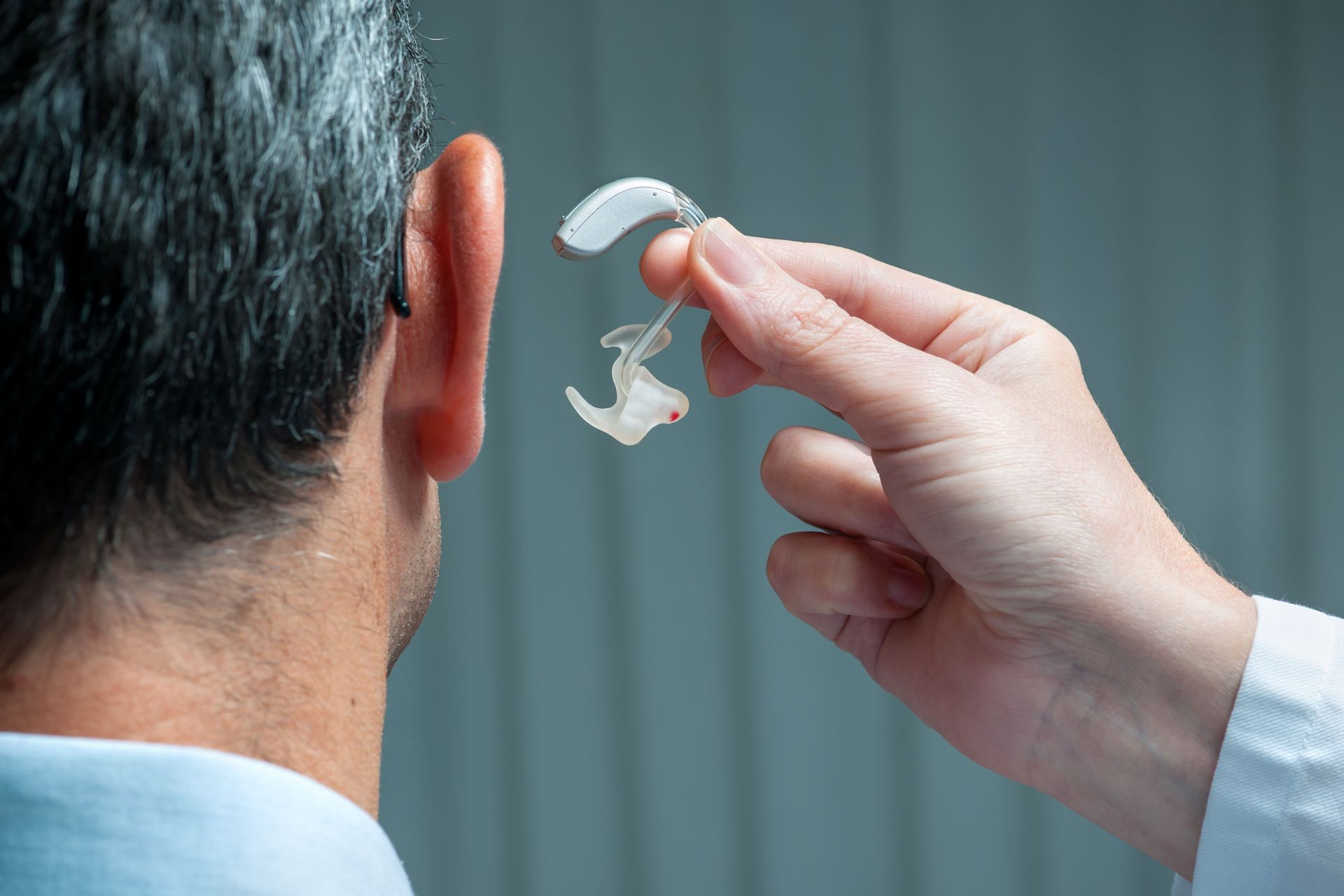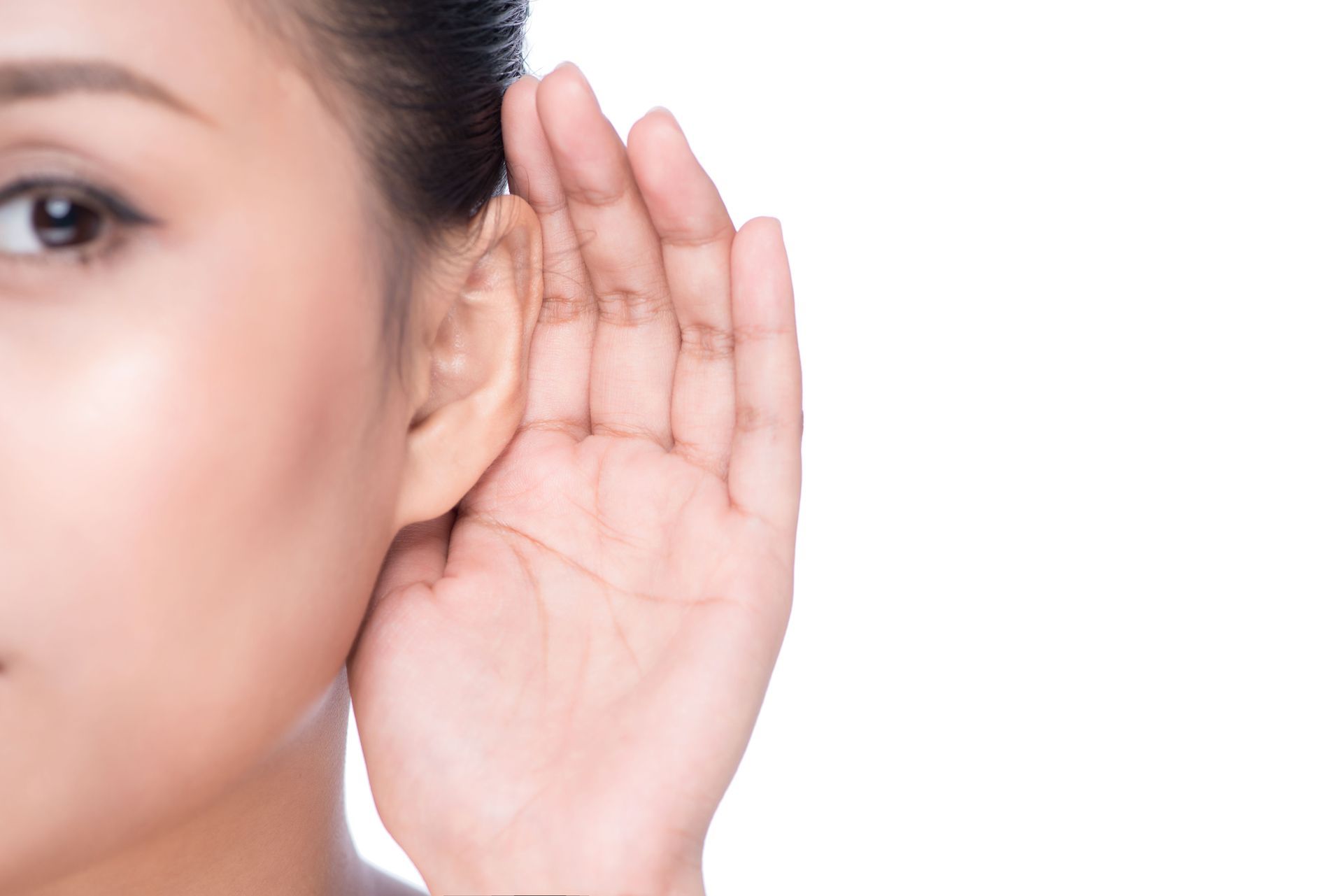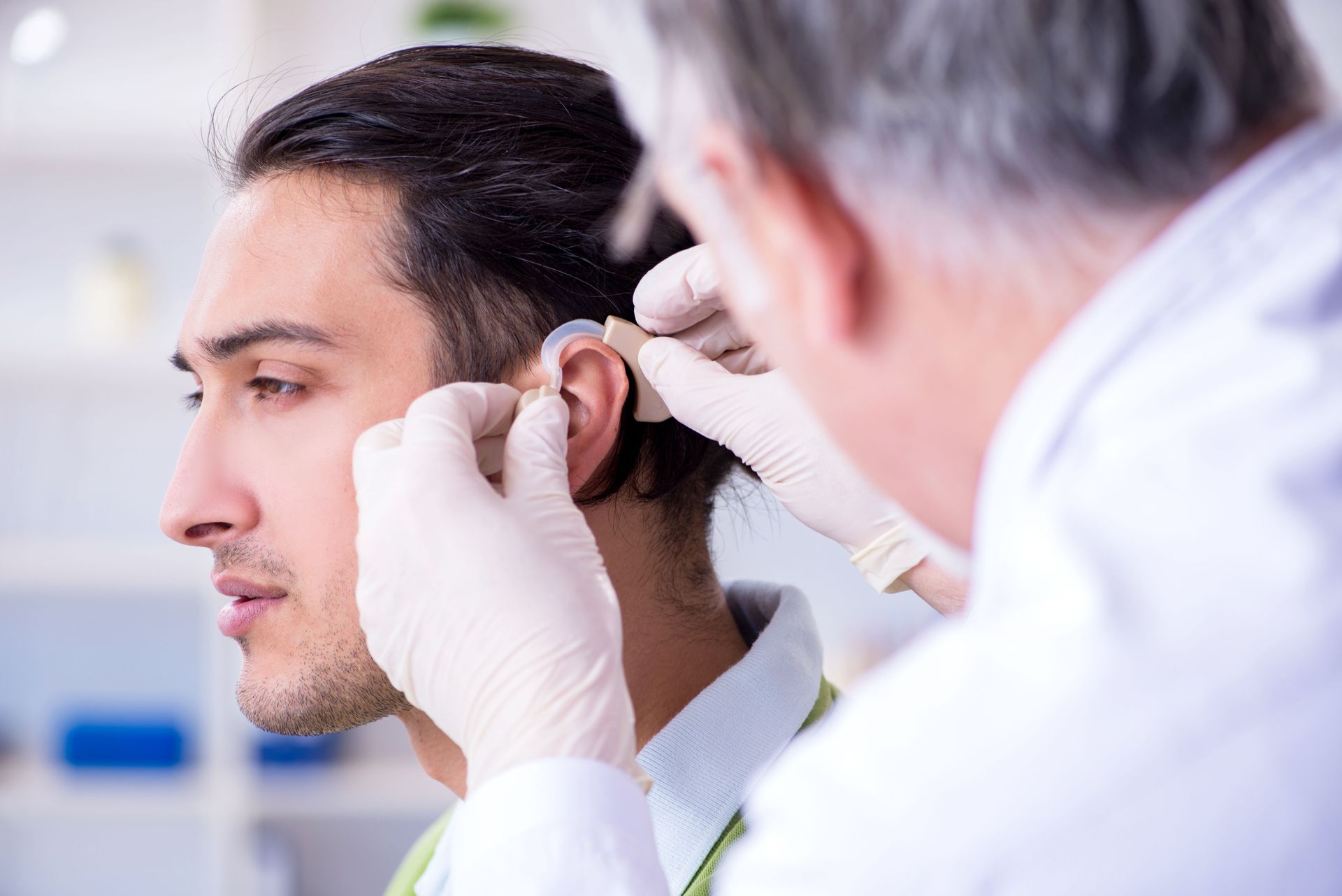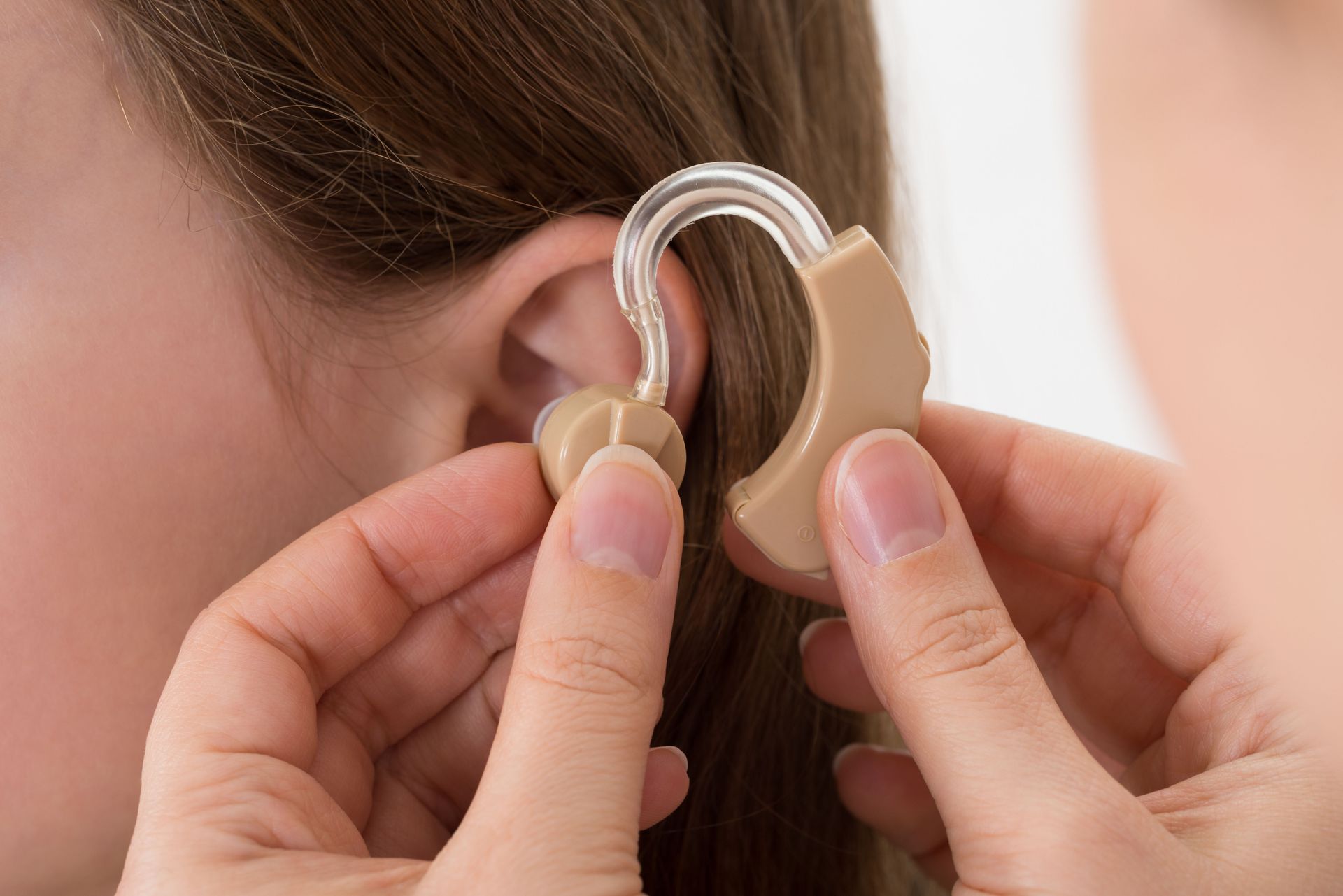Common Myths About Hearing Aids
There are many misconceptions surrounding hearing aids, which often deter individuals from seeking the help they need. These myths can lead to unnecessary stigma and prevent people from improving their quality of life. This blog post will address some of the most common myths about hearing aids and reveal the truth behind them, providing you with accurate information to make informed decisions when considering local hearing aids.
Myth 1: Hearing Aids Are Only for the Elderly
One prevalent myth is that hearing aids are only for older adults. While age-related hearing loss is common, hearing difficulties are not limited to the elderly. Many younger individuals, including children and teenagers, benefit significantly from using hearing aids. These devices are designed to cater to a wide range of hearing deficits, irrespective of age, helping people stay connected to the world around them. When searching for local hearing aids, it’s important to find a provider that understands the needs of all age groups.
Myth 2: Hearing Aids Are Unsightly
Another common misconception is that hearing aids are large and unattractive. Modern hearing aids have come a long way in terms of design and technology. Today’s models are sleek, small, and often virtually invisible. They come in various styles and colors to suit individual preferences and can be customized for different levels of hearing loss. According to the Hearing Health Foundation, approximately 80% of all hearing loss cases could be treated with a hearing aid—highlighting their effectiveness and the importance of overcoming aesthetic concerns.
Myth 3: Hearing Aids Fully Restore Hearing
Some people believe that wearing a hearing aid will completely restore their hearing, much like glasses correct vision. While hearing aids significantly improve the ability to hear by amplifying sounds, they cannot cure hearing loss entirely. It’s essential to set realistic expectations and understand that hearing aids are tools that enhance hearing and improve communication, rather than offering a perfect solution. Consistent use and periodic adjustments by an audiologist can optimize their performance, making everyday interactions much easier and more enjoyable.
Dispelling common myths about hearing aids is crucial for encouraging individuals with hearing loss to seek help confidently. Accuracy First emphasizes that by understanding the realities of modern hearing aids, people can make informed decisions about their hearing health. Recognizing the significant benefits these devices provide allows individuals to take a proactive approach, improving their quality of life through clearer, more effective hearing solutions. If you’re looking for professional guidance, contacting providers of local hearing aids is a great first step toward better hearing.









Share On: